Home>Furniture & Design>Kitchen Furniture>How To Set Up A China Cabinet
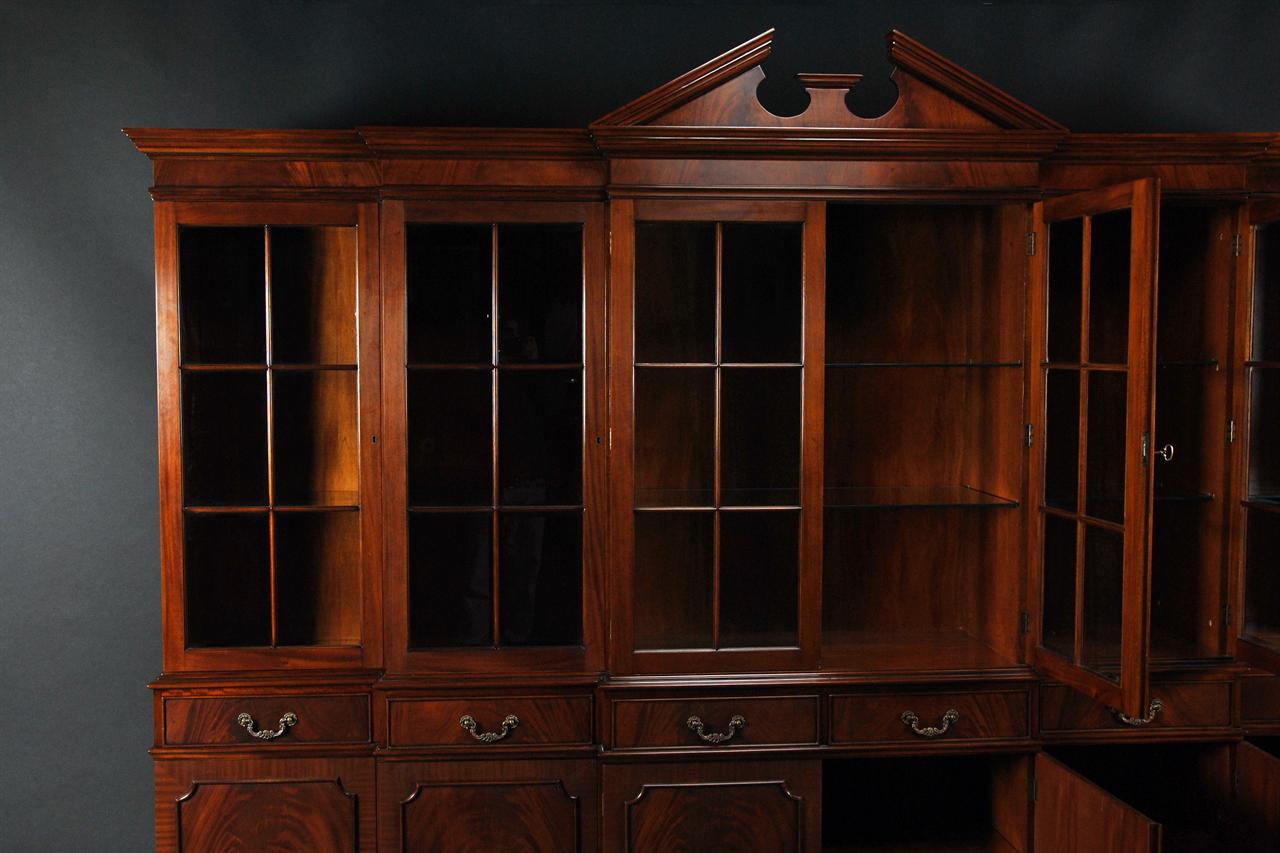

Kitchen Furniture
How To Set Up A China Cabinet
Published: January 31, 2024
Learn how to set up a stylish and functional China cabinet in your kitchen with our expert tips and ideas. Discover the best furniture and design options for your space.
(Many of the links in this article redirect to a specific reviewed product. Your purchase of these products through affiliate links helps to generate commission for Storables.com, at no extra cost. Learn more)
Introduction
Setting up a china cabinet is not just about storage; it's an opportunity to showcase your cherished collection of fine china, glassware, and other decorative items. Whether you're a seasoned collector or just starting to curate your display, a well-arranged china cabinet can become the focal point of your kitchen or dining area. This article will guide you through the process of setting up a china cabinet, from choosing the right location to adding personal touches that reflect your style.
A china cabinet, also known as a hutch or a display cabinet, serves both practical and aesthetic purposes. It not only provides a secure and organized space to store delicate items but also offers a chance to exhibit your unique taste and personality. By following the steps outlined in this guide, you can transform your china cabinet into a stunning visual display that complements your kitchen or dining room decor.
Whether you've recently acquired a new china cabinet or are looking to revamp an existing one, this comprehensive guide will equip you with the knowledge and inspiration needed to create a captivating and functional display. Let's embark on this journey to transform your china cabinet into a captivating focal point that reflects your personal style and enhances the ambiance of your living space.
Key Takeaways:
- Transform your china cabinet into a captivating showcase by carefully choosing the location, arranging items thoughtfully, and adding personal touches that reflect your unique style and passions.
- Setting up a china cabinet is not just about storage; it’s an opportunity to curate a visually stunning display that reflects your personal style, history, and passions.
Read more: What Is A China Cabinet
Step 1: Choose the Right Location
Before diving into the physical setup of your china cabinet, it’s crucial to carefully select the ideal location within your home. Consider both practical and aesthetic factors when choosing the placement for your cabinet. Here are some essential points to keep in mind:
- Visibility: Select a location that allows your china cabinet to be prominently displayed and easily visible. This could be in the dining room, kitchen, or any area where you frequently entertain guests. A well-placed cabinet can serve as a captivating focal point, drawing attention to your curated collection.
- Accessibility: Ensure that the chosen location provides convenient access to the cabinet. You’ll want to easily reach for items when setting the table or hosting gatherings. Additionally, consider the proximity to high-traffic areas to prevent overcrowding or obstruction.
- Lighting: Natural or artificial lighting can significantly impact the visual appeal of your displayed items. Choose a location that offers adequate lighting to accentuate the beauty of your collection. Avoid areas with direct sunlight exposure, as it may cause damage to delicate items over time.
- Harmonious Integration: Take into account the existing decor and layout of the room. Your china cabinet should complement the surrounding furniture and contribute to a cohesive aesthetic. Consider factors such as color schemes, architectural features, and overall design style.
By carefully evaluating these considerations, you can identify the perfect spot for your china cabinet. This initial step lays the foundation for creating an impactful display that seamlessly integrates into your living space, while also ensuring practicality and accessibility.
Step 2: Prepare the Space
Once you’ve chosen the optimal location for your china cabinet, it’s time to prepare the surrounding space to enhance the visual impact of your display. Properly preparing the area will not only elevate the aesthetic appeal of your cabinet but also contribute to a cohesive and harmonious ambiance within the room. Consider the following steps to prepare the space:
- Clean and Declutter: Before placing the china cabinet, thoroughly clean the area and remove any unnecessary clutter. This will create a clean canvas for your display and prevent distractions from the showcased items.
- Wall Treatment: If your cabinet will be placed against a wall, consider the wall’s treatment. A painted accent wall, wallpaper, or a decorative backdrop can enhance the visual appeal of the displayed items, creating a stunning backdrop for your collection.
- Adjust Shelves: If your china cabinet features adjustable shelves, take this opportunity to customize the shelf heights to accommodate items of varying sizes. This will allow for a more versatile and visually appealing arrangement.
- Consider Lighting: Evaluate the lighting in the area and consider additional lighting options to highlight your displayed items. LED strip lights or small, discreet spotlights can be strategically placed to illuminate the contents of the cabinet.
- Protective Measures: If the surrounding area is prone to excessive sunlight or high humidity, take preemptive measures to protect your delicate items. Consider using UV-filtering window film or installing curtains to shield the cabinet from direct sunlight.
By meticulously preparing the space surrounding your china cabinet, you set the stage for a captivating and visually striking display. These preparatory steps will ensure that your collection is showcased in an environment that maximizes its beauty and impact, creating a cohesive and inviting space within your home.
Step 3: Assemble the Cabinet
Assembling your china cabinet is a pivotal step in the setup process, and it requires attention to detail to ensure stability, functionality, and visual appeal. Whether you’re assembling a newly purchased cabinet or reassembling an existing one, the following steps will guide you through the process:
- Organize Components: Lay out all the components of the cabinet in an organized manner, ensuring that all necessary parts are accounted for. Refer to the assembly instructions provided by the manufacturer and familiarize yourself with the components before proceeding.
- Follow Instructions: Carefully follow the assembly instructions, step by step, to ensure that the cabinet is constructed correctly. Take your time to avoid mistakes and to guarantee the structural integrity of the cabinet.
- Secure Connections: Pay close attention to securing connections and fastenings as per the manufacturer’s guidelines. This will ensure that the cabinet is stable and capable of safely supporting the displayed items.
- Adjust Leveling: Once the cabinet is assembled, ensure that it is properly leveled to prevent any tilting or instability. Use a level tool to make necessary adjustments to the cabinet’s feet or base.
- Inspect for Flaws: Thoroughly inspect the assembled cabinet for any flaws, scratches, or imperfections. Address any issues promptly to maintain the cabinet’s visual appeal.
By diligently following these steps, you can ensure that your china cabinet is assembled with precision and care, setting the stage for an impressive display of your cherished items. A well-constructed cabinet not only provides a secure and visually appealing showcase but also enhances the overall aesthetic of your living space.
When setting up a China cabinet, start by organizing your items by size and type. Place larger items at the back and smaller items at the front for better visibility. Use adjustable shelves to accommodate different heights.
Step 4: Arrange the Contents
Arranging the contents of your china cabinet is an artful endeavor that allows you to showcase your collection in a visually captivating and organized manner. Thoughtful arrangement not only highlights the individual beauty of each item but also creates a harmonious composition within the cabinet. Follow these steps to expertly arrange the contents of your china cabinet:
- Categorize Items: Begin by categorizing your items, such as fine china, glassware, decorative plates, or other collectibles. Group similar items together to facilitate a cohesive and organized display.
- Consider Height and Balance: When arranging items on the shelves, pay attention to varying heights and create visual balance. Taller items should be placed towards the rear, with shorter items in the front to ensure visibility and aesthetic appeal.
- Utilize Display Stands: Utilize display stands or plate easels to showcase individual pieces, especially decorative plates or artwork. This adds depth and visual interest to the display while preventing items from blending into the background.
- Space Out Items: Avoid overcrowding the shelves and allow ample space between items to prevent visual clutter. This will ensure that each piece receives the attention it deserves and contributes to an elegant overall presentation.
- Layer Textures and Colors: Create visual depth by layering items with varying textures and colors. Incorporate elements such as linens, decorative backdrops, or small accent pieces to add dimension to the display.
- Showcase Focal Points: Highlight standout pieces or focal points by placing them at eye level or in prominent positions within the cabinet. This draws attention to unique or prized items within your collection.
By meticulously arranging the contents of your china cabinet, you can create a visually captivating display that reflects your personal style and showcases your collection with elegance and finesse. Thoughtful arrangement not only enhances the aesthetic appeal of the displayed items but also contributes to the overall ambiance of your living space.
Read more: How To Paint China Cabinet
Step 5: Add Personal Touches
Adding personal touches to your china cabinet allows you to infuse your unique style and personality into the display, transforming it into a reflection of your individual taste and creativity. By incorporating personal elements and thoughtful details, you can elevate the visual impact of the cabinet while creating a meaningful and curated showcase. Here are some ways to add personal touches to your china cabinet:
- Family Heirlooms: Incorporate family heirlooms, such as vintage teacups, inherited china, or sentimental pieces, to infuse the display with personal history and nostalgia. These items add depth and storytelling to the collection.
- Custom Labels or Tags: Consider adding custom labels or tags to identify and provide context for specific items in your collection. This not only adds a personalized touch but also enhances the educational and storytelling aspects of the display.
- Seasonal Decor: Rotate seasonal decor elements, such as themed centerpieces, holiday accents, or seasonal foliage, to keep the display fresh and dynamic throughout the year. This allows for ongoing creativity and thematic expression.
- Artistic Displays: Integrate artistic elements, such as small sculptures, framed artwork, or decorative figurines, to add visual interest and express your artistic inclinations within the cabinet.
- Personal Collections: Showcase personal collections, such as unique salt and pepper shakers, miniature figurines, or thematic items that reflect your hobbies and interests. These curated additions contribute to the individuality of the display.
- Memorabilia and Mementos: Incorporate meaningful memorabilia, travel mementos, or souvenirs that hold sentimental value, allowing the display to become a curated representation of your life experiences and cherished memories.
By infusing your china cabinet with personal touches and meaningful details, you can create a captivating and deeply personal showcase that resonates with your own narrative and aesthetic preferences. These personalized elements not only enhance the visual appeal of the display but also imbue it with emotional significance and individuality.
Conclusion
Setting up a china cabinet is a creative and gratifying process that goes beyond mere organization; it’s an opportunity to curate a visually stunning display that reflects your personal style, history, and passions. By carefully choosing the location, preparing the space, assembling the cabinet, arranging the contents, and adding personal touches, you can transform your china cabinet into a captivating focal point within your home.
Through thoughtful consideration of each step, you can ensure that your cherished collection of fine china, glassware, and decorative items is showcased with elegance and finesse. The careful arrangement of items, the infusion of personal touches, and the harmonious integration of the cabinet into your living space contribute to a visually striking and meaningful display.
Remember that your china cabinet is not only a functional storage space but also a canvas for self-expression and storytelling. Whether you’re displaying family heirlooms, seasonal decor, or personal collections, each item contributes to the narrative of your display, creating a visually captivating and deeply personal showcase.
By following the guidance provided in this comprehensive article, you are empowered to create a china cabinet display that not only enhances the aesthetic appeal of your home but also becomes a reflection of your unique identity and creativity. Embrace the opportunity to transform your china cabinet into a captivating and meaningful showcase that brings joy and inspiration to both you and your guests.
Frequently Asked Questions about How To Set Up A China Cabinet
Was this page helpful?
At Storables.com, we guarantee accurate and reliable information. Our content, validated by Expert Board Contributors, is crafted following stringent Editorial Policies. We're committed to providing you with well-researched, expert-backed insights for all your informational needs.
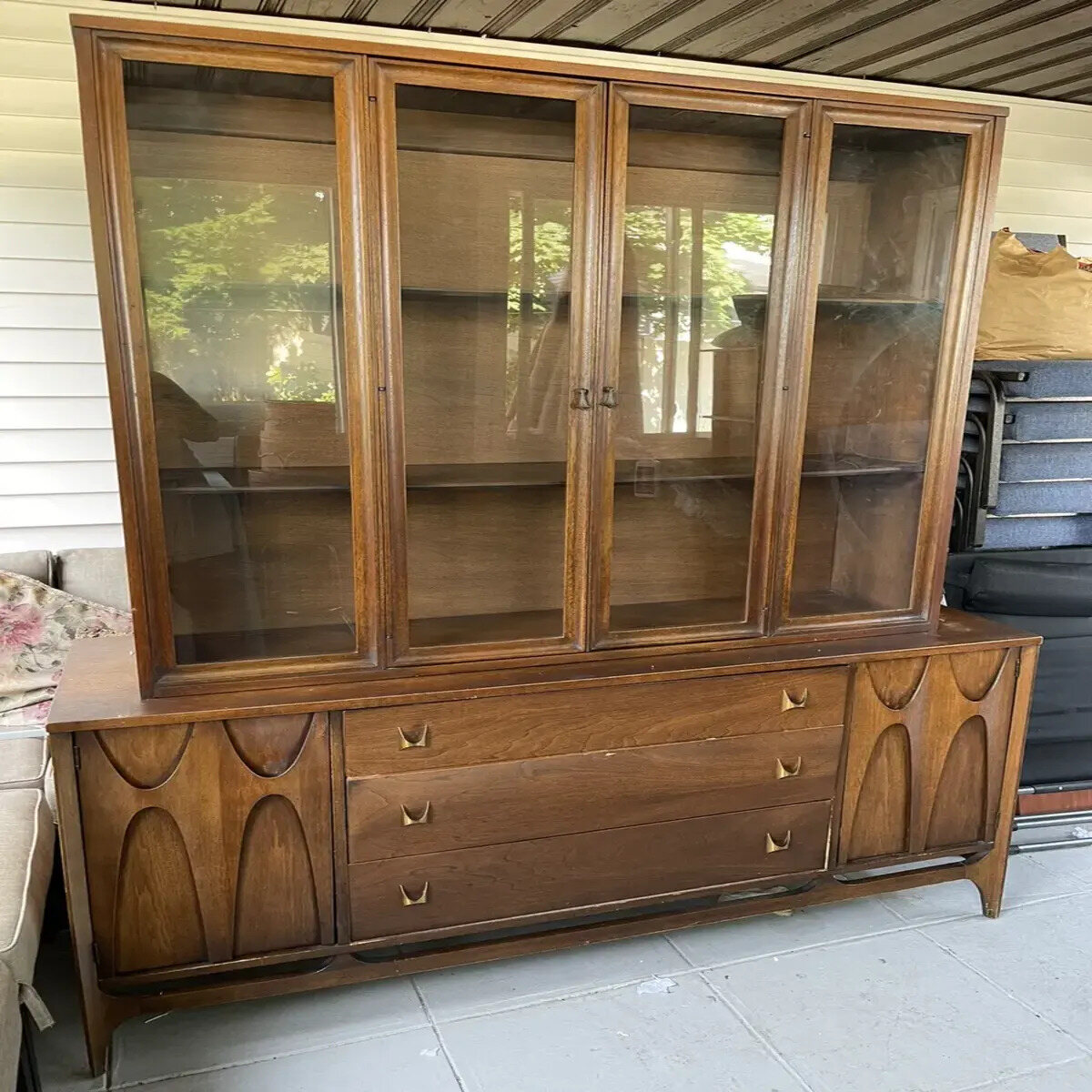
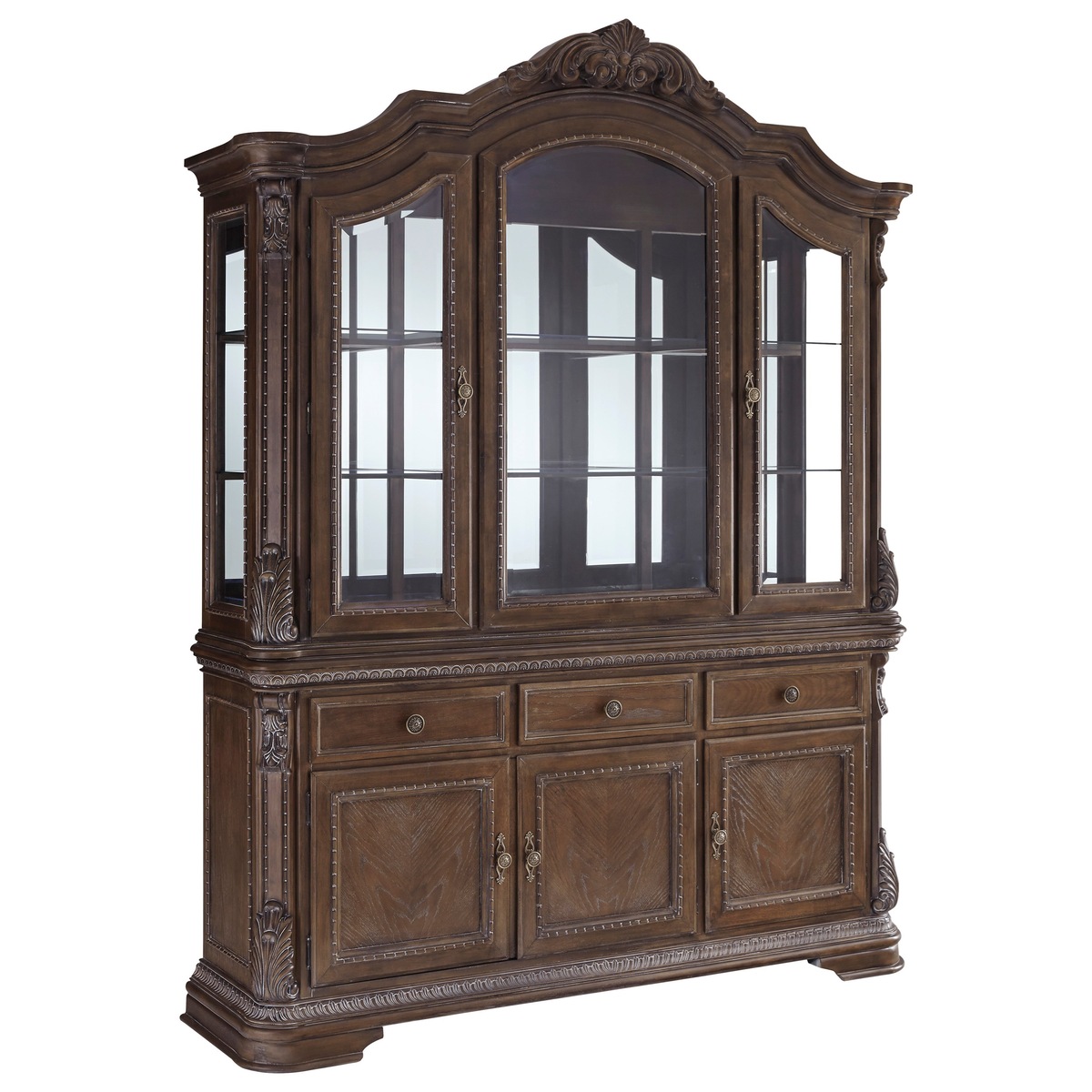
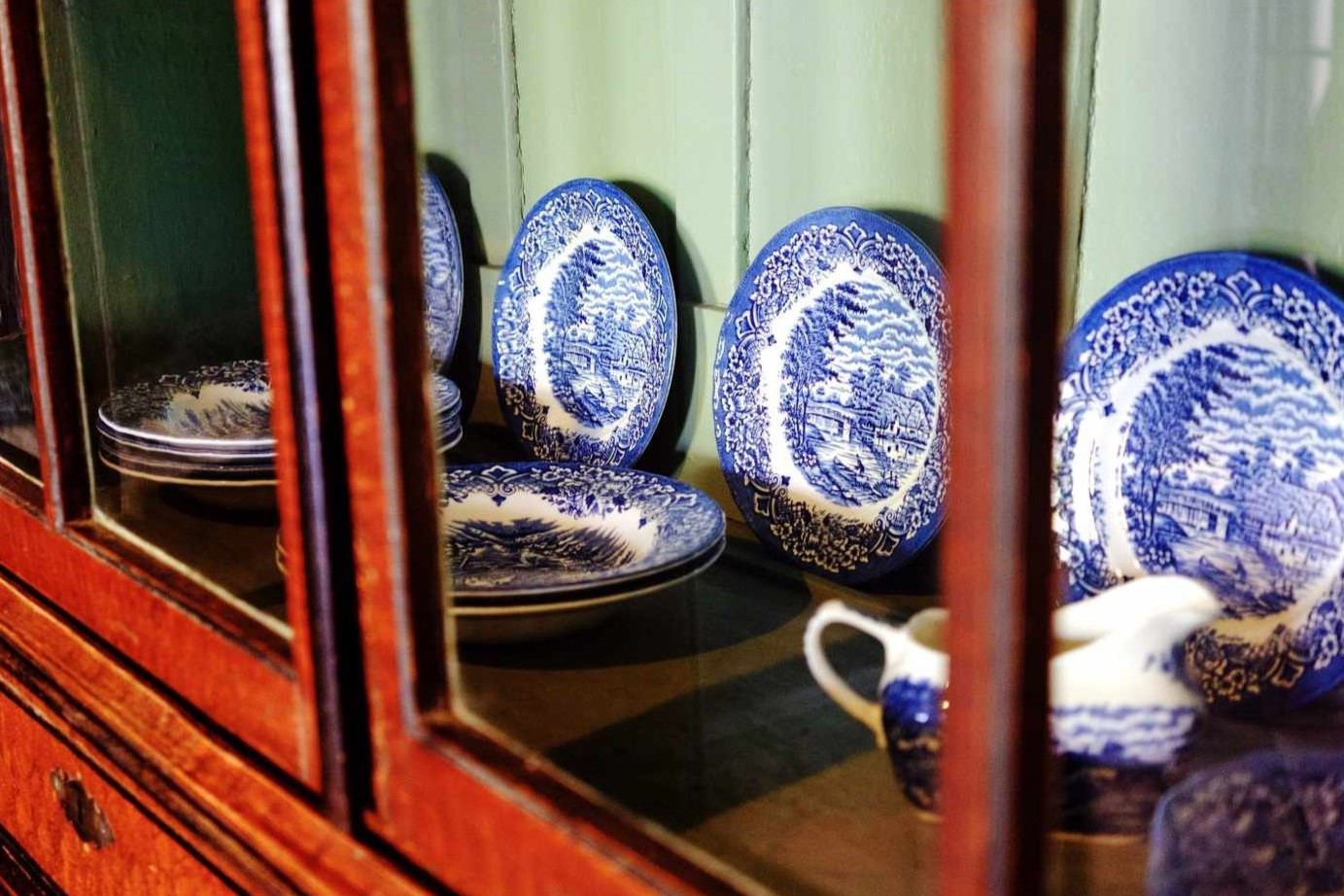
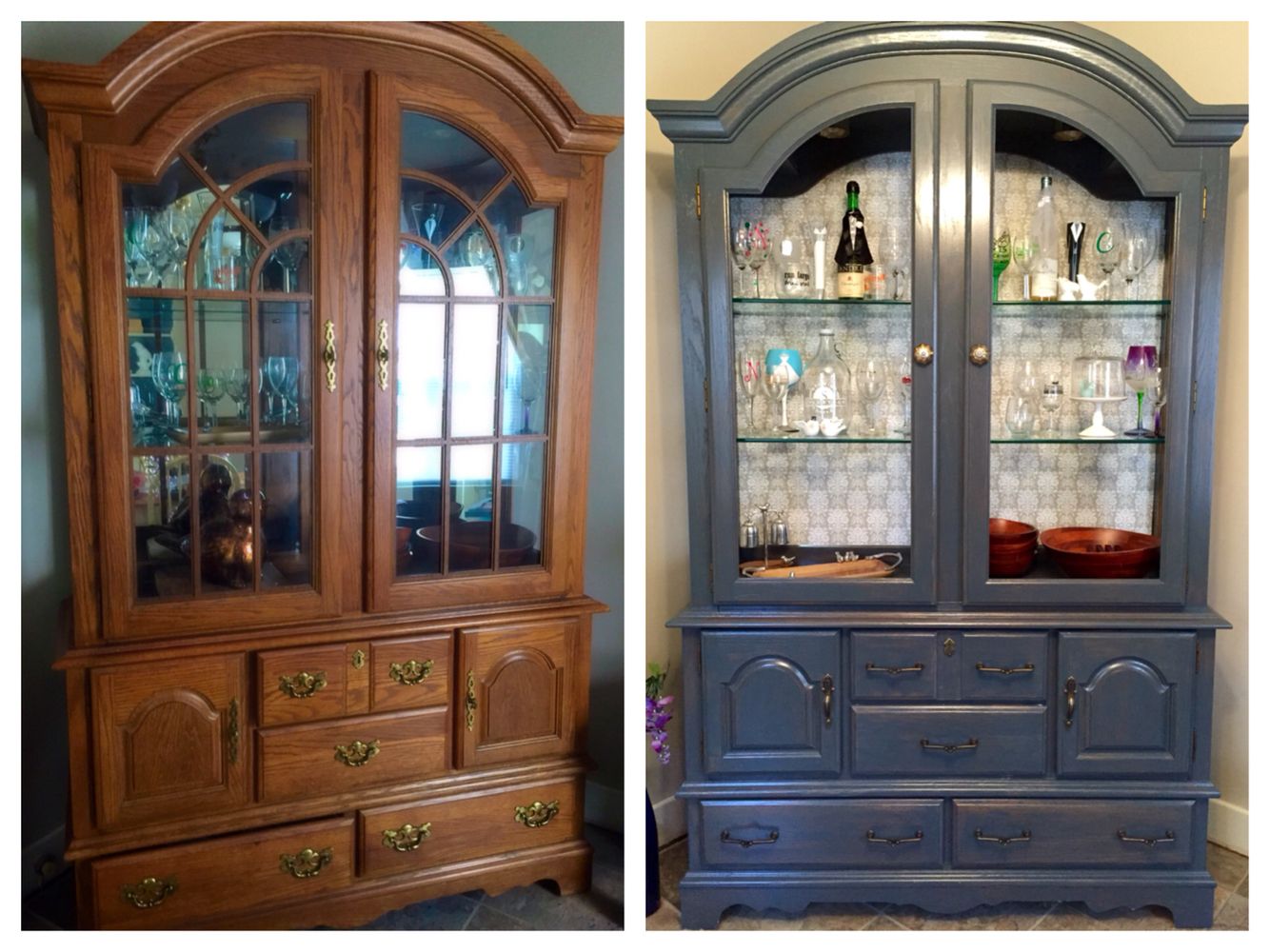
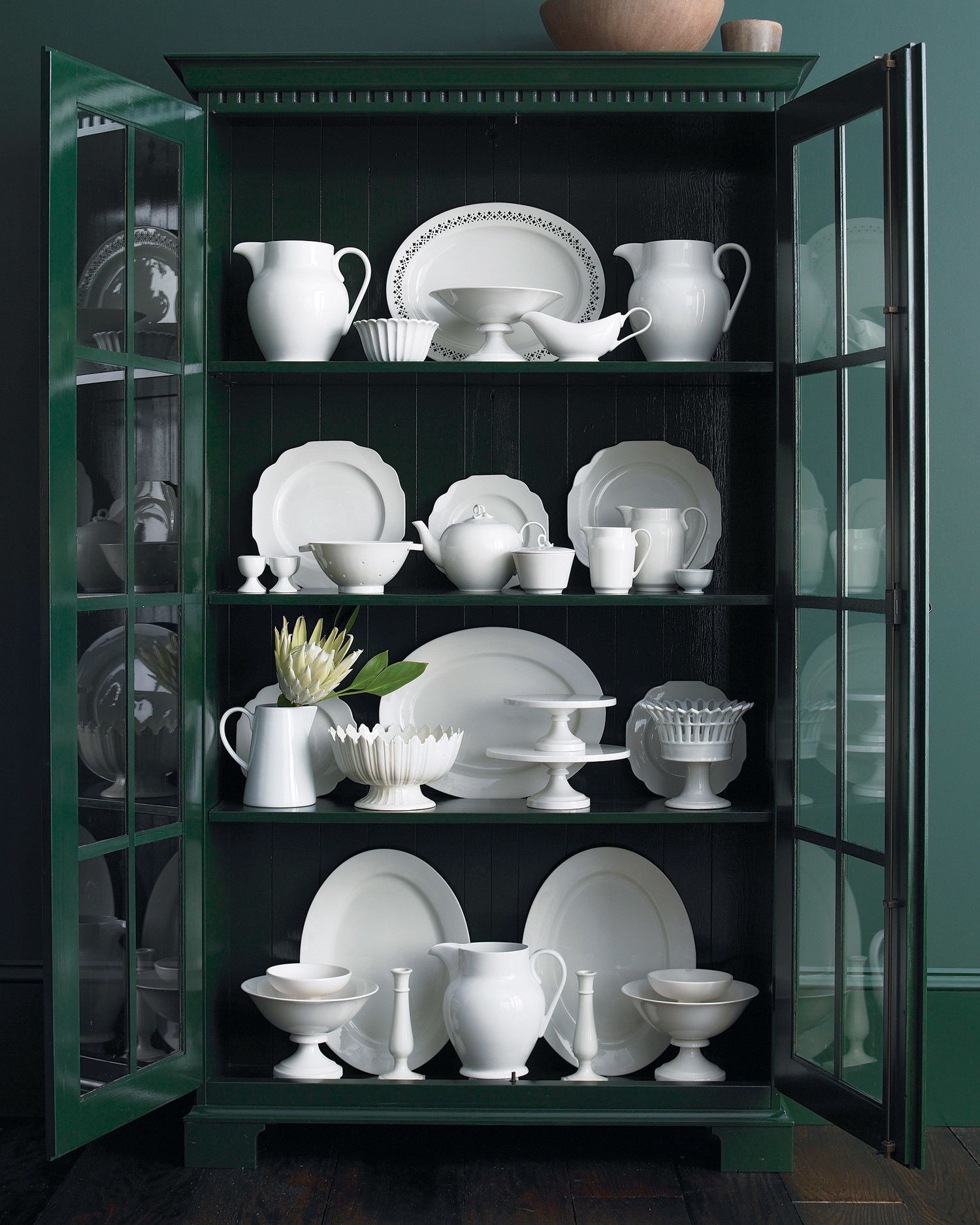
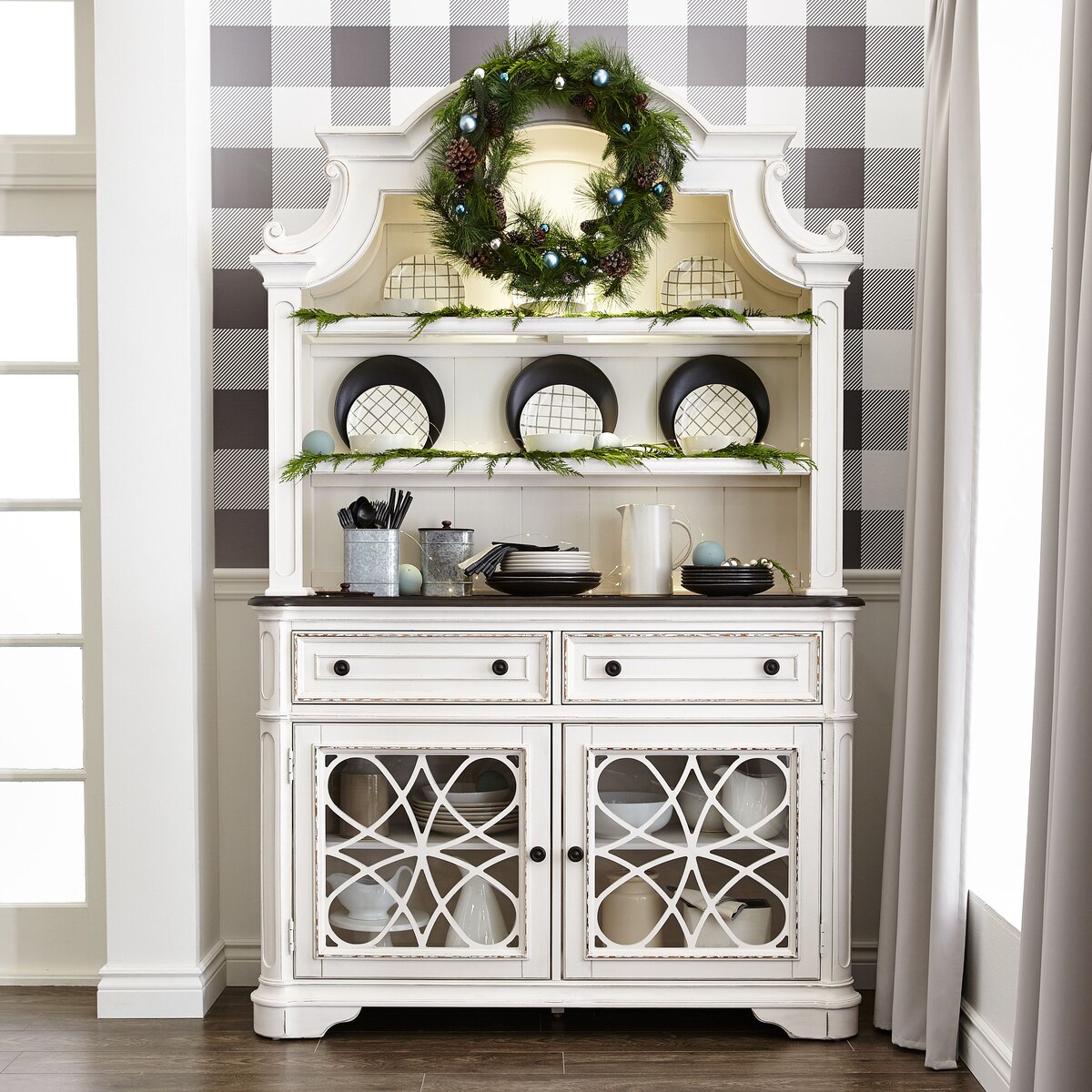
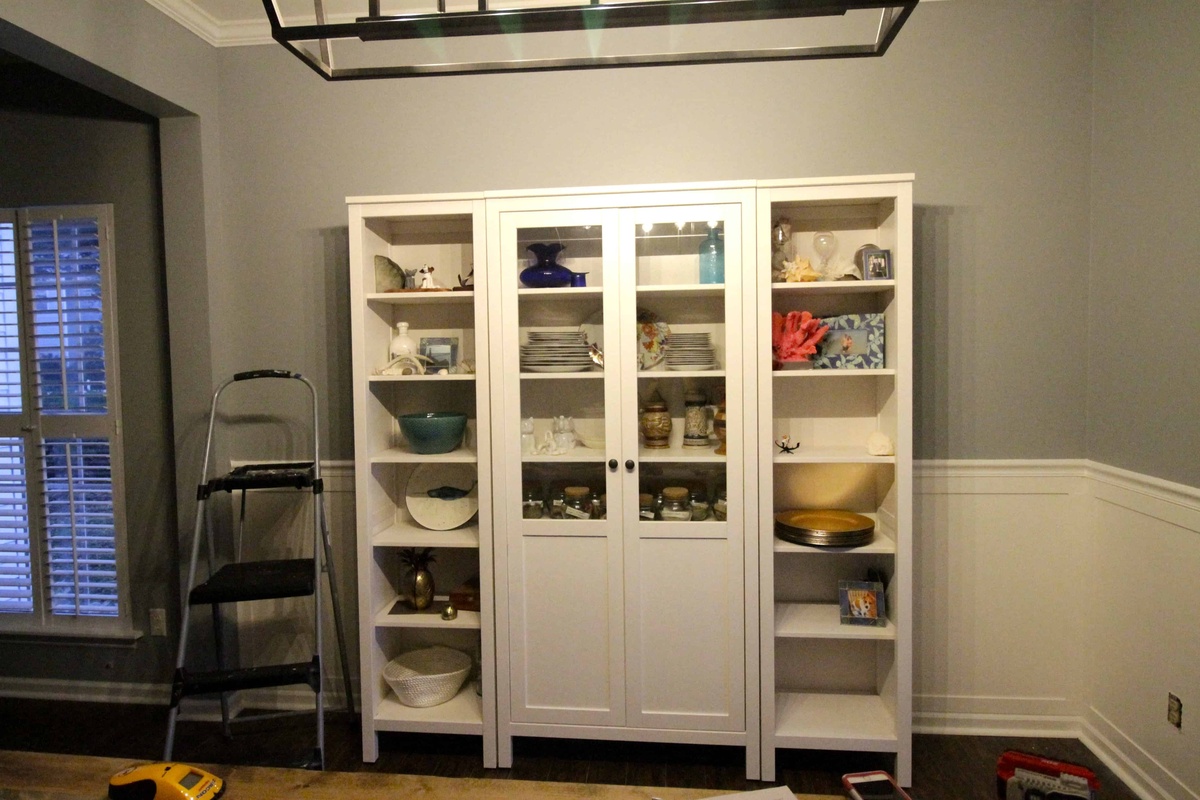
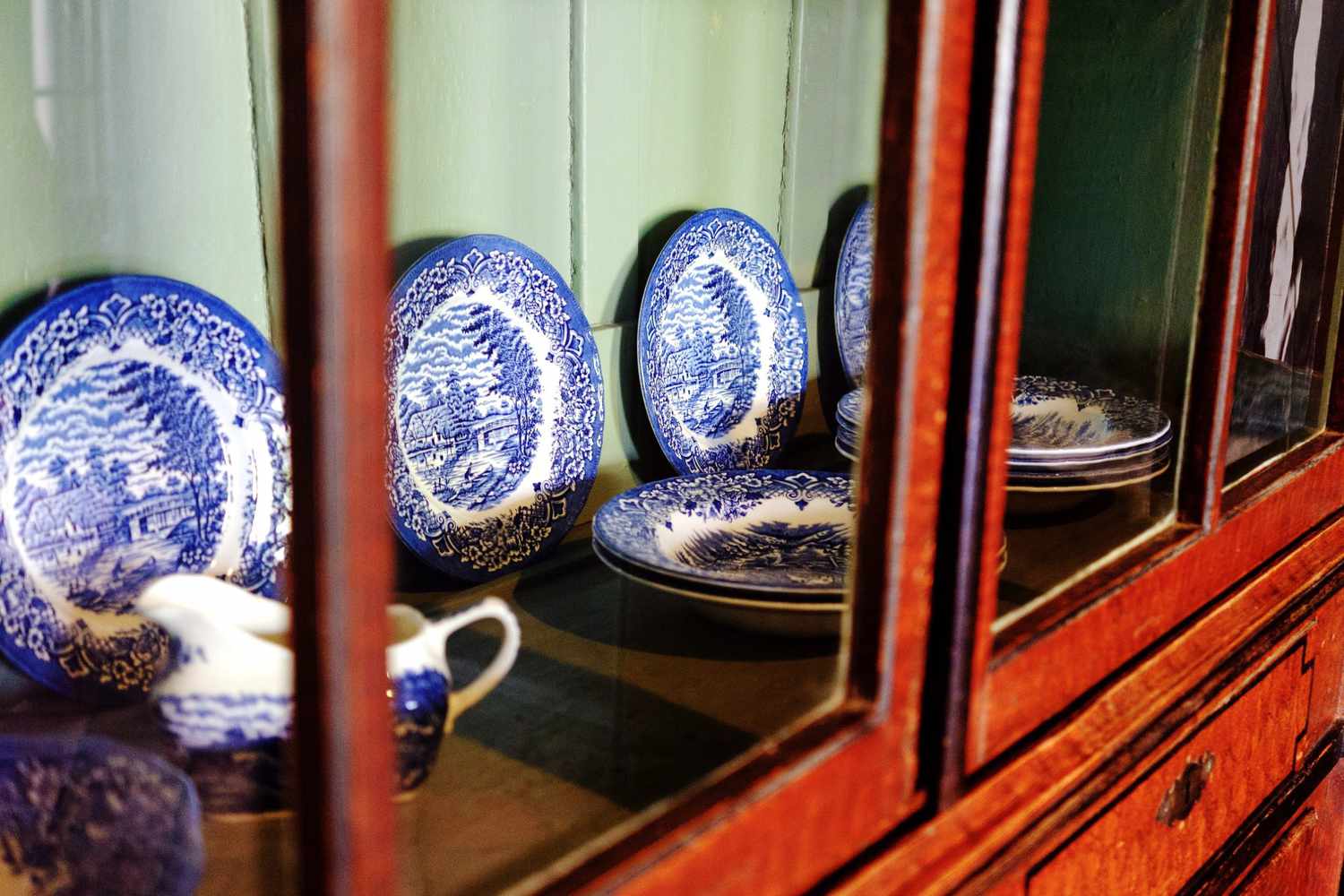
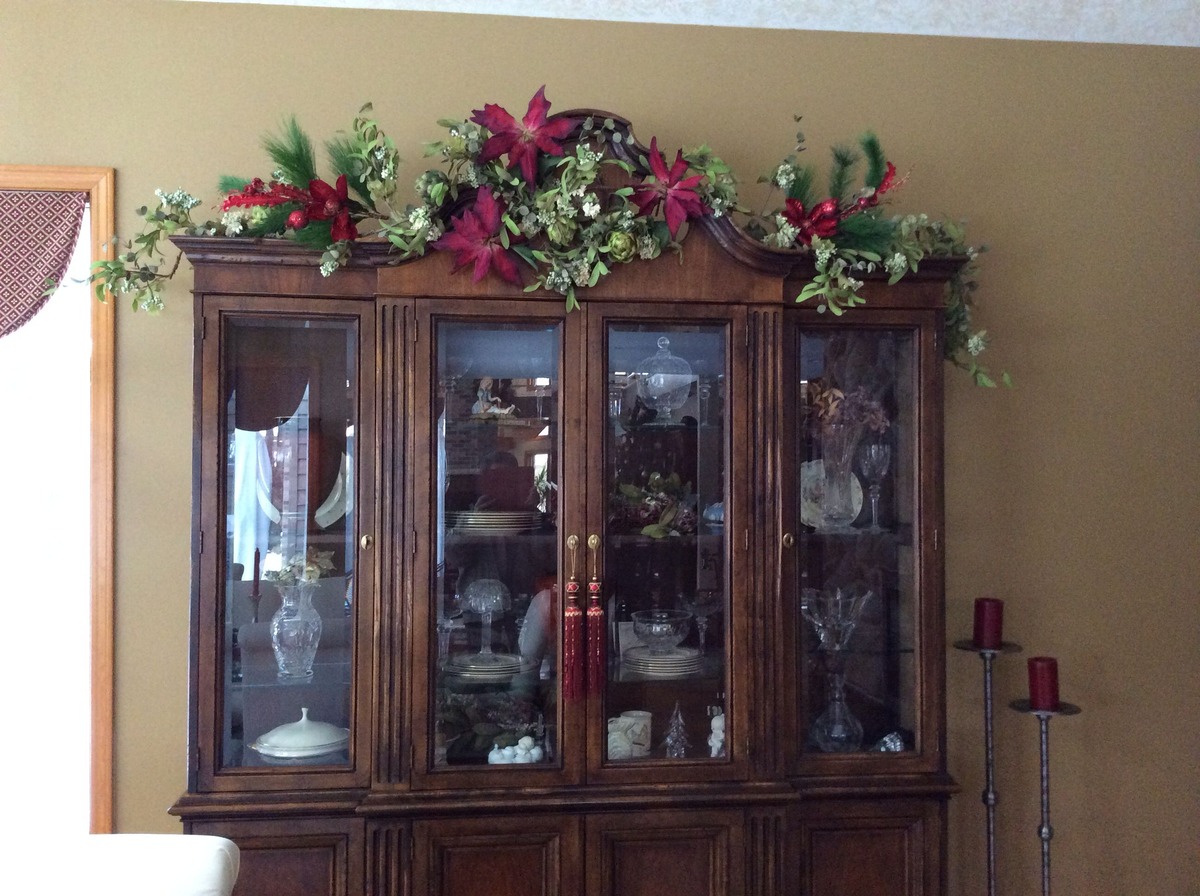
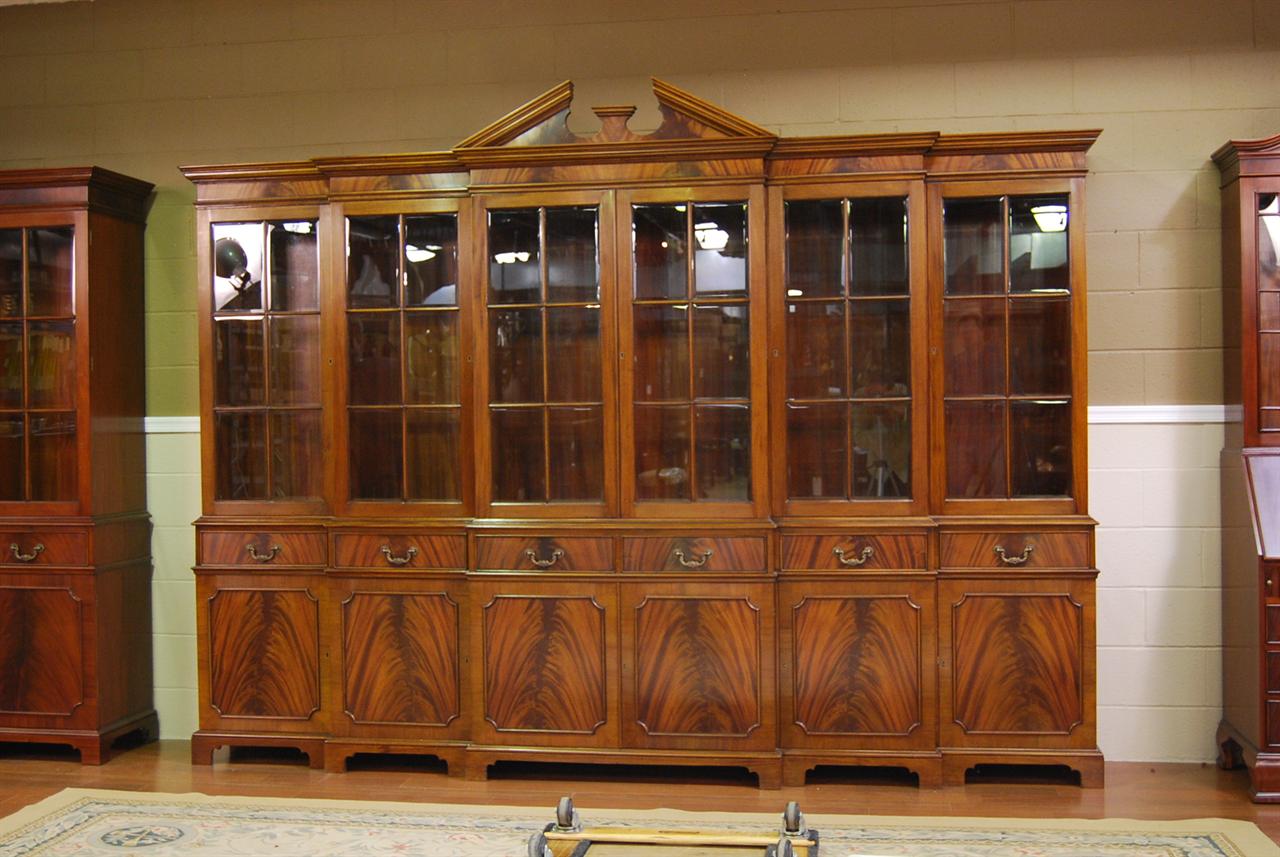
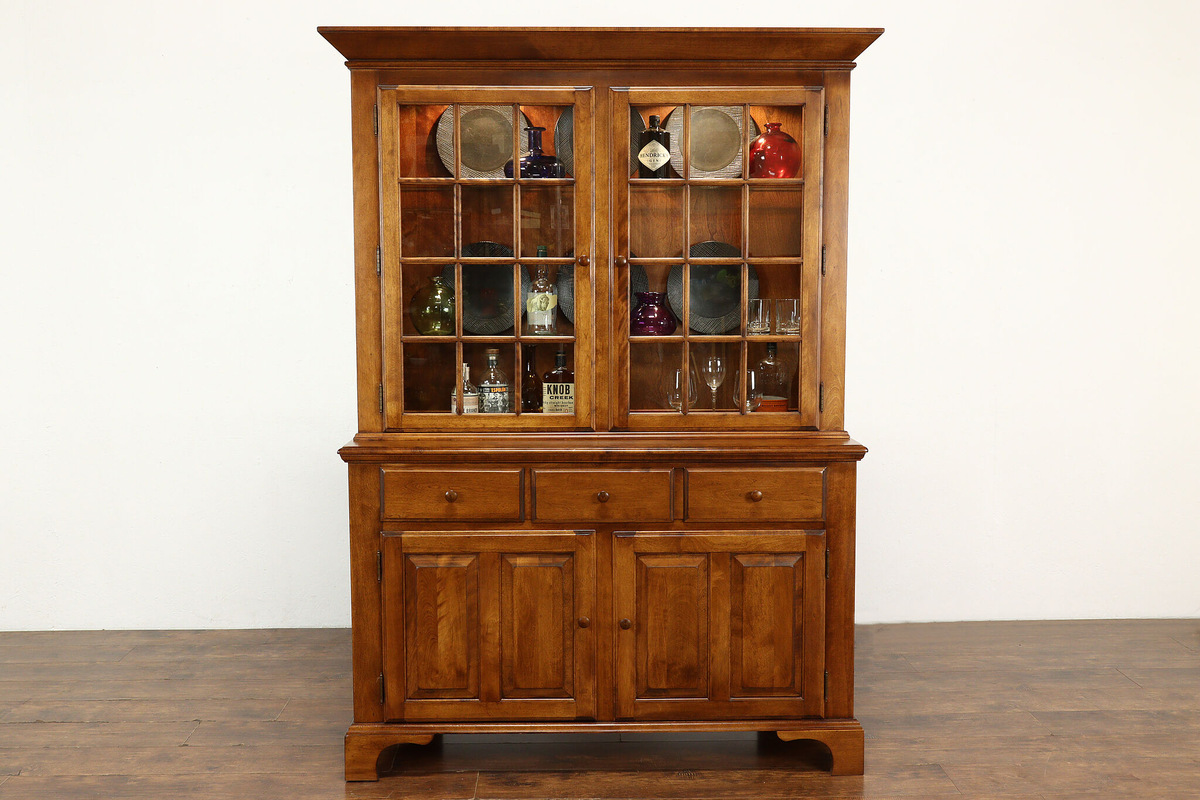
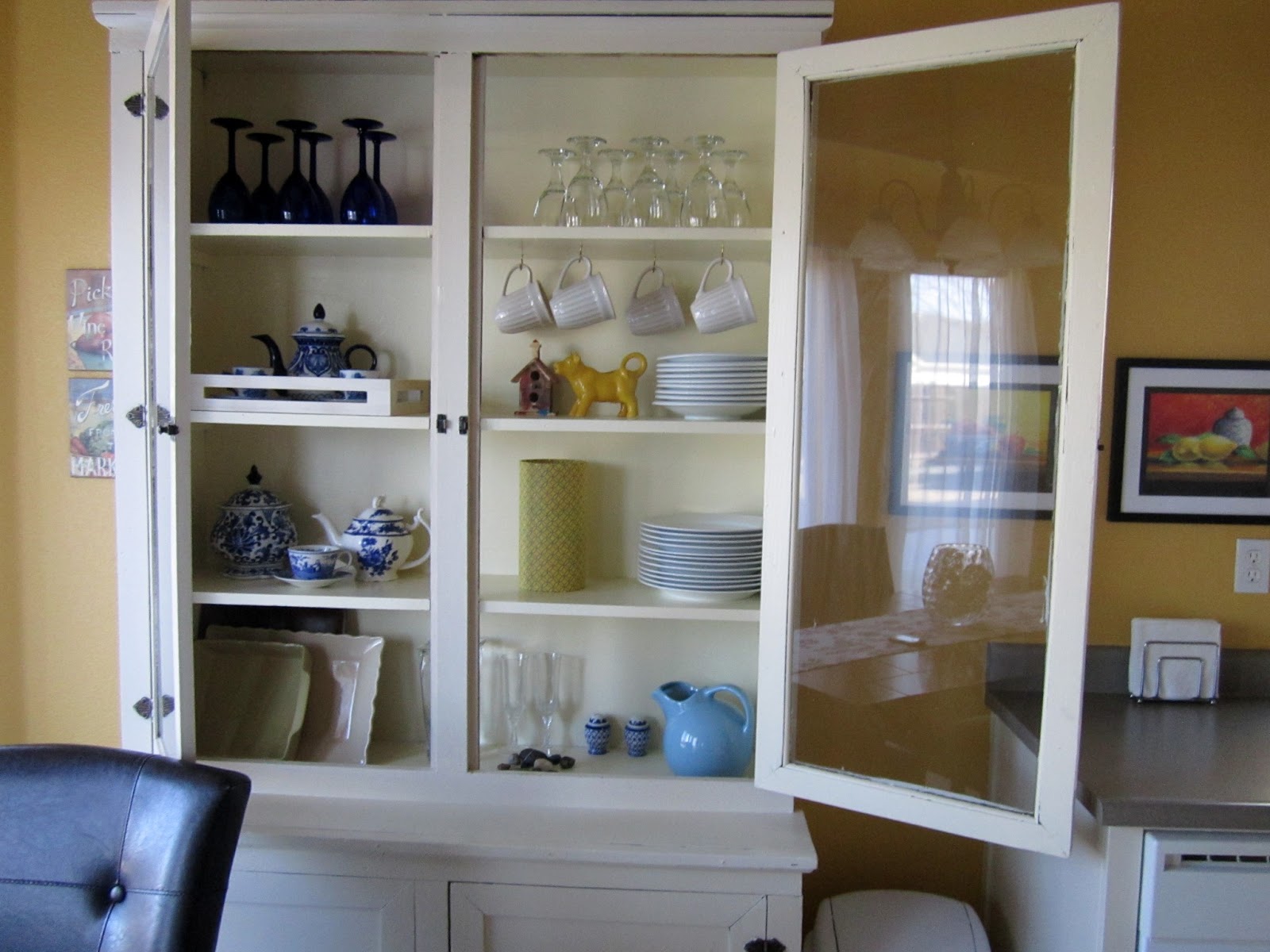
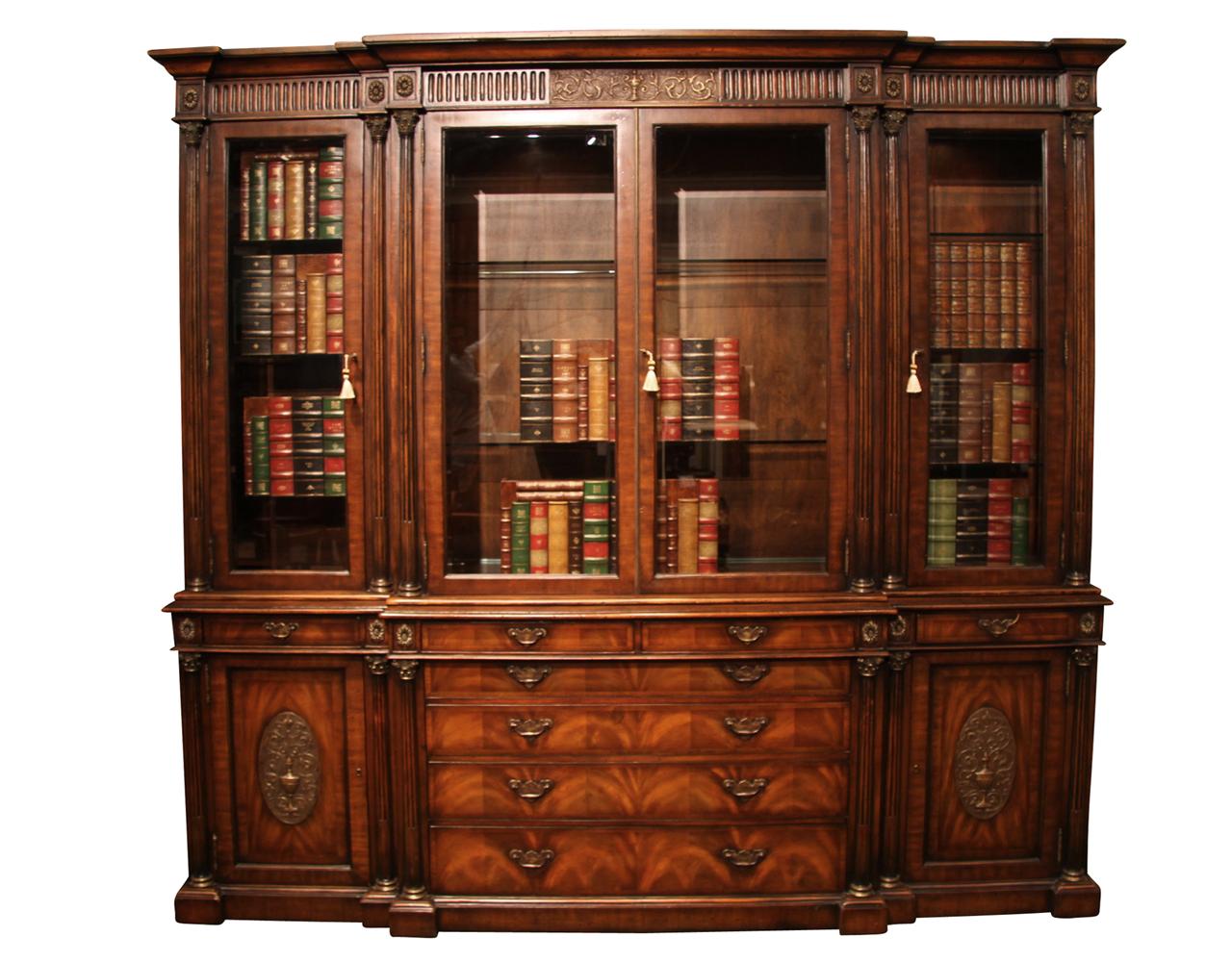
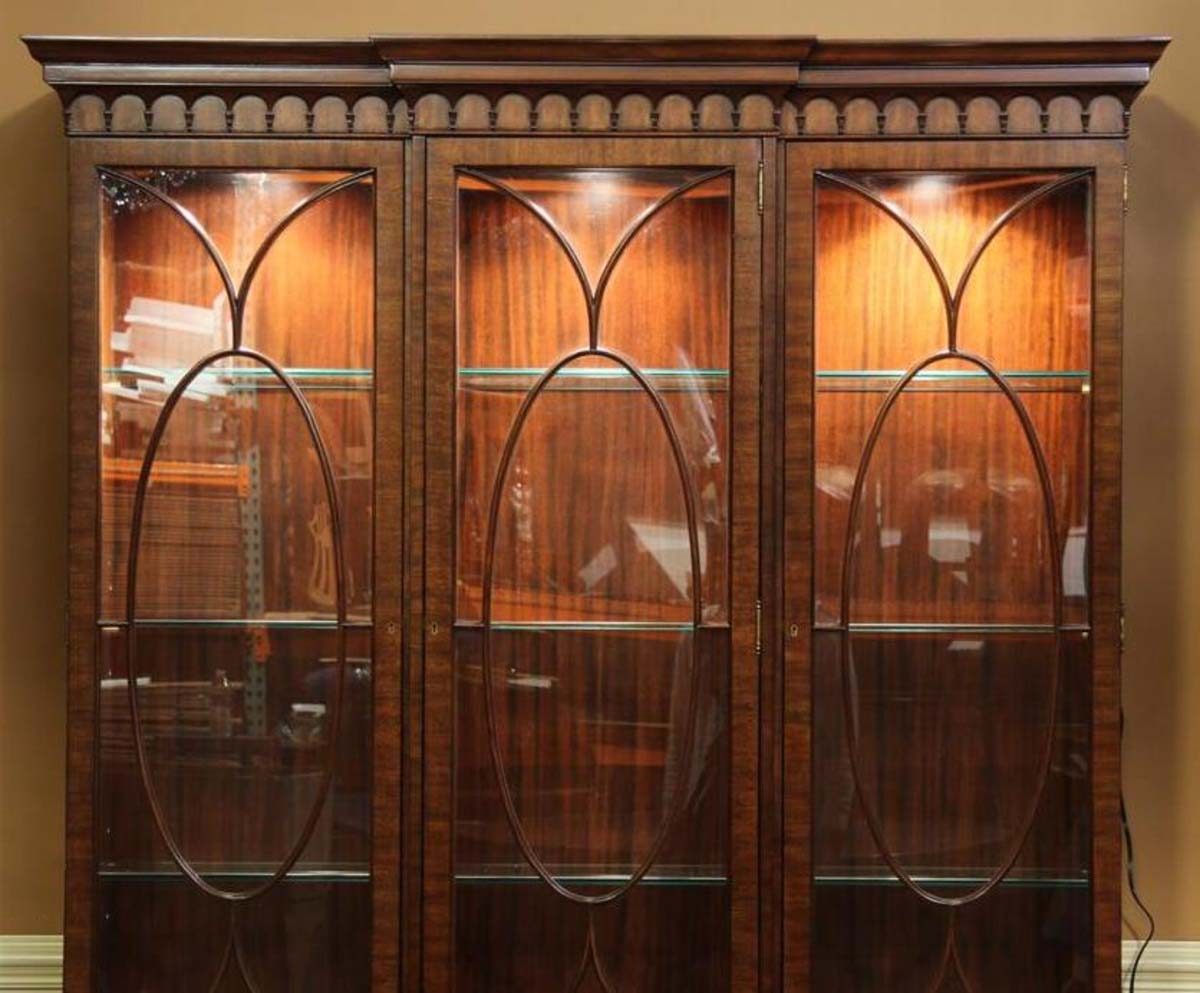

0 thoughts on “How To Set Up A China Cabinet”